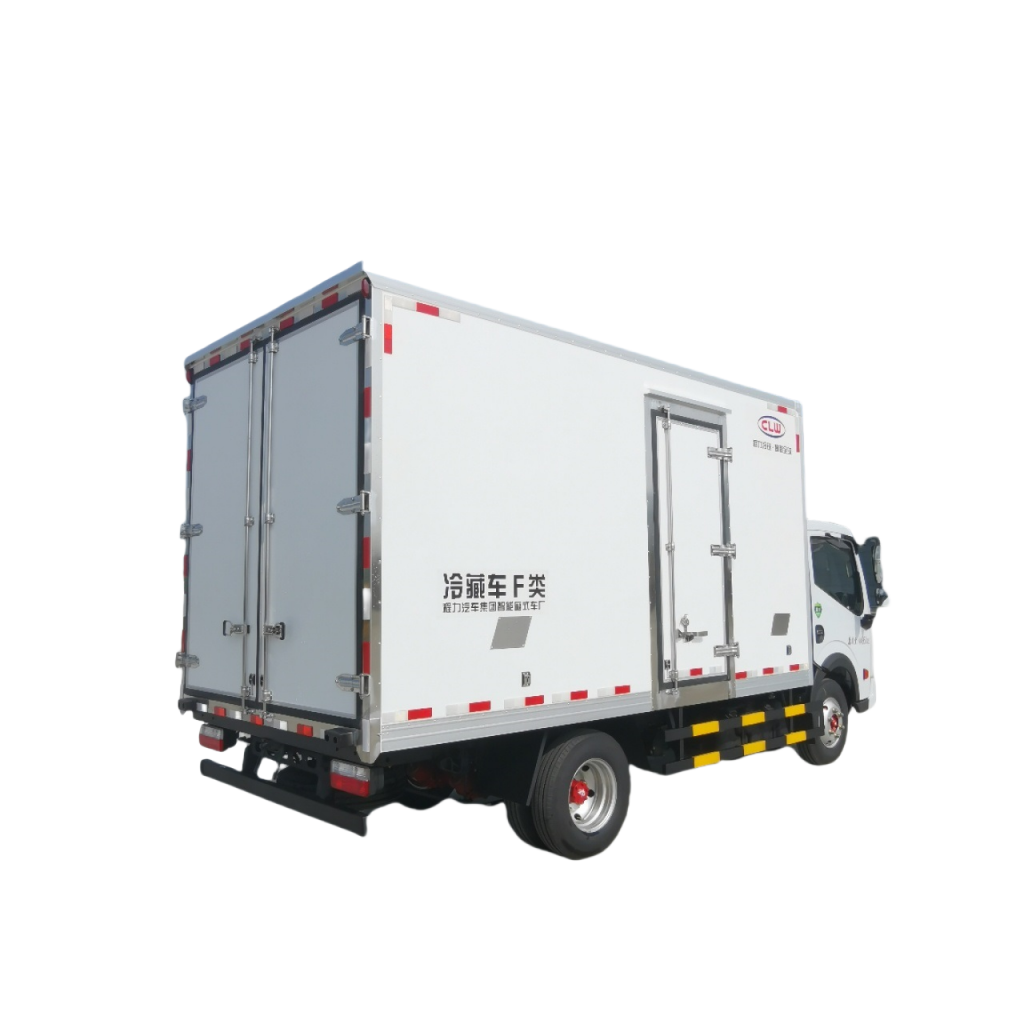Introduction
Crane trucks play a crucial role in various industries, including construction, logistics, and manufacturing. These versatile vehicles are equipped with a crane that enables them to lift and move heavy loads with ease. However, the safe and efficient operation of a crane truck relies heavily on proper load securing practices. In this article, we will explore the importance of load securing in crane truck operations, the potential risks of improper securing, and best practices to ensure safety and efficiency.
Importance of Load Securing in Crane Truck Operations
Proper load securing is essential in crane truck operations for several reasons. Firstly, securing the load ensures the safety of the crane truck operator, other workers on the site, and the general public. A poorly secured load can shift or fall during transport, leading to accidents, injuries, and even fatalities. By securing the load correctly, the risk of accidents is significantly reduced, creating a safer work environment for everyone involved.
Secondly, proper load securing helps protect the integrity of the load being transported. Whether it is construction materials, equipment, or machinery, a securely fastened load is less likely to sustain damage during transit. This not only prevents financial losses but also ensures that the materials or equipment arrive at their destination in good condition, ready for use.
Furthermore, https://www.worktruckmaker.com/water-tank-truck/ is crucial for maintaining the stability and balance of the crane truck. A poorly secured load can cause the vehicle to become unbalanced, leading to tipping or rollover accidents. By distributing the weight of the load evenly and securing it in place, the crane truck can maintain stability and maneuver safely on the road.
Risks of Improper Load Securing
Improper load securing in crane truck operations can have severe consequences, posing risks to both personnel and property. Some of the potential risks of improper load securing include:
1. Accidents and Injuries: A load that is not properly secured can shift or fall during transport, causing accidents and injuries to the crane truck operator, other workers on the site, and bystanders. Falling loads can also damage vehicles, structures, and equipment in the vicinity.
2. Damage to the Load: Inadequate load securing can result in damage to the materials or equipment being transported. This can lead to financial losses, delays in project completion, and disputes with clients or suppliers.

3. Vehicle Instability: Improperly secured loads can affect the balance and stability of the crane truck, increasing the risk of tipping or rollover accidents. This not only endangers the operator but also poses a threat to other road users.
4. Legal Consequences: Failing to comply with load securing regulations can result in legal consequences, fines, and penalties. It is essential for crane truck operators to adhere to industry standards and regulations to avoid legal liabilities.
Best Practices for Load Securing in Crane Truck Operations
To ensure safety and efficiency in crane truck operations, it is crucial to follow best practices for load securing. Some of the key practices include:
1. Inspect the Load: Before securing the load, inspect it for any damage, defects, or loose components. Ensure that the load is stable and properly positioned on the crane truck bed.
2. Choose the Right Securing Equipment: Use appropriate securing equipment such as straps, chains, binders, and tensioners to fasten the load securely to the crane truck. Select equipment that is strong, durable, and suitable for the size and weight of the load.
3. Distribute the Weight Evenly: Distribute the weight of the load evenly across the crane truck bed to maintain balance and stability. Avoid overloading one side of the vehicle, as this can affect its handling and maneuverability.
4. Secure the Load from Multiple Points: Use multiple securing points to fasten the load to the crane truck bed. This helps distribute the load's weight evenly and prevents shifting or sliding during transport.
5. Follow Industry Standards and Regulations: Familiarize yourself with industry standards, regulations, and guidelines for load securing in crane truck operations. Ensure that you comply with all relevant requirements to avoid accidents and legal consequences.
6. Train Operators: Provide comprehensive training to crane truck operators on proper load securing techniques, equipment usage, and safety protocols. Regular training sessions and refresher courses can help reinforce best practices and ensure that operators are competent and knowledgeable.
7. Conduct Regular Inspections: Routinely inspect the securing equipment, load, and crane truck for signs of wear, damage, or defects. Replace any worn-out or damaged components to maintain the integrity of the load securing system.
Conclusion
Proper load securing is essential for ensuring the safety, efficiency, and success of crane truck operations. By following best practices for load securing, crane truck operators can minimize risks, protect personnel and property, and maintain the integrity of the load being transported. It is crucial for operators to prioritize safety, comply with industry regulations, and invest in training and equipment to enhance their load securing practices. Ultimately, a commitment to proper load securing will contribute to a safer work environment, reduced accidents, and improved operational efficiency in crane truck operations.
